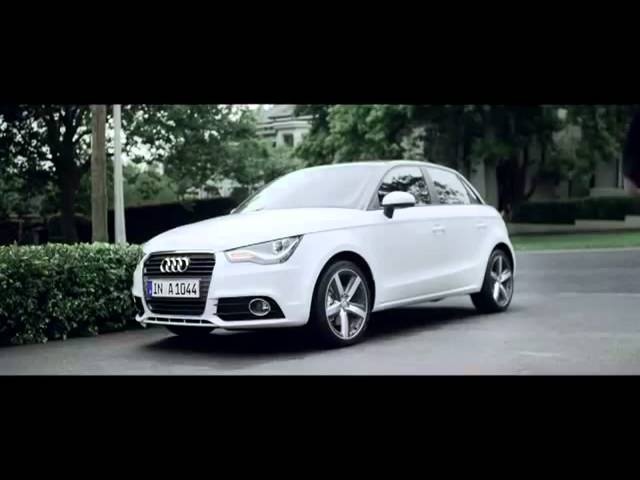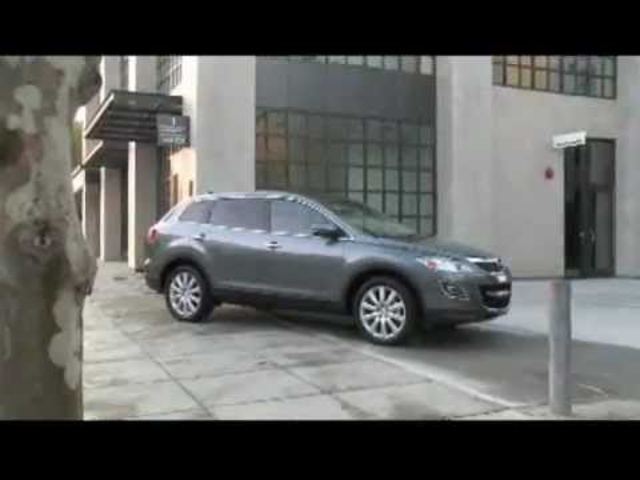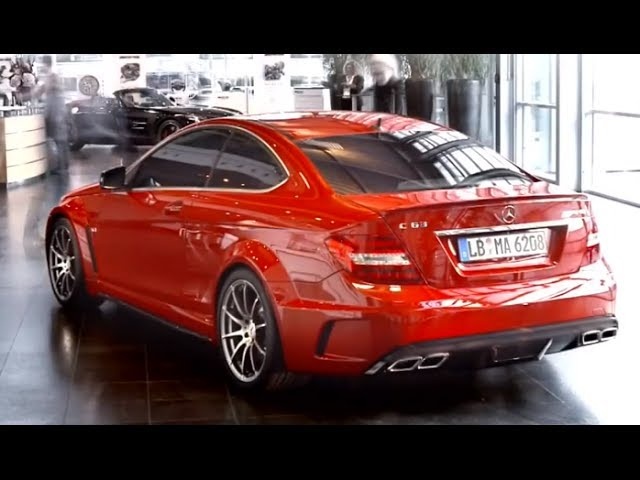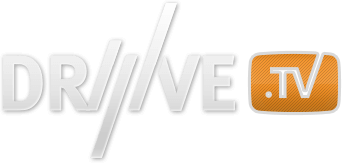Views: 3312
Porsche 911 RSR In Detail 1973 Commercial Classic Car Carjam Car TV HD 2013
CARJAM TV - Subscribe Here Now http://www.youtube.com/carjamradio
Like Us Now On Facebook: http://www.facebook.com/CarjamTV
For The World's Best Car Videos
Website: http://www.carjam.tv
Radio: http://www.rte.ie/radio1/specials/jamesbond.html
Twitter: http://www.twitter.com/carjamtv
Youtube: http://www.youtube.com/user/CarjamRadio
The Carrera RS, a 900 kg lightweight Porsche 911, initially delivered 300 bhp from 2.8 litre capacity in the racing version of the RSR, later 310 bhp from 3 litre. It won three international and seven national championships in its first season.
The Carrera RSR began its career at the 24 hours race in Daytona/Florida, and it started very convincingly. The RSR entrusted to the American private team Gregg/Haywood for this endurance test won unchallenged ahead of the prototypes, which were superior with regards to general performance, from Ferrari, Matra and Mirage-Ford.
The Porsche Carrera RSR soon dominated in its own category, the Grand Tourisme class. The races surrounding the GT European Championships turned into a Porsche festival in 1973. These "Elevens" wrote sporting history: Anything that was for the taking in 1973 and later still in the GT class was won by the RS and RSR. Whether on the racing circuit or on the rally track, it was always the "Elevens" with their characteristic tail, which were the ones to beat.
These models, valued by collectors, are considered by many to be the greatest classic 911s all-time. RS stands for Rennsport in German, meaning "racing sport". The Carrera name was reintroduced from the 356 Carrera which had itself been named after Porsche's victories in the Carrera Panamericana races in Mexico in the 1950s. The RS was built so that Porsche could enter racing formulae that demanded that a certain minimum number of production cars were made. Compared with a standard 911S, the Carrera 2.7 RS had a larger engine (2687 cc) developing 210 PS (150 kW; 210 hp) with MFI, revised and stiffened suspension, a "ducktail" rear spoiler, larger brakes, wider rear wheels and rear wings. In RS Touring form it weighed 1075 kg (2370 lb), in Sport Lightweight form it was about 100 kg (220 lb) lighter, the saving coming from the thin-gauge steel used for parts of the bodyshell and also the use of thinner glass. In total, 1580 were made, comfortably exceeding the 500 that had to be made to qualify for the vital FIA Group 4 class. 49 Carrera RS cars were built with 2808 cc engines producing 300 PS (221 kW).
In 1974, Porsche created the Carrera RS 3.0 with K-Jetronic Bosch fuel injection producing 230 PS (169 kW).It was almost twice as expensive as the 2.7 RS but offered a fair amount of racing capability for that price. The chassis was largely similar to that of the 1973 Carrera RSR and the brake system was from the Porsche 917. The use of thin metal plate panels and a spartan interior enabled the shipping weight to be reduced to around 900 kg (1984 lb).
The Carrera RSR 3.0 and Carrera RSR Turbo (its 2.1 L engine due to a 1.4x equivalency formula) were made in tiny numbers for racing. The turbo car came second at the 24 Hours of Le Mans in 1974, a significant event in that its engine would form the basis of many future Porsche attempts in sportscar racing, and can be regarded as the start of its commitment to turbocharging.
http://en.wikipedia.org/wiki/Carrera_RSR
Like Us Now On Facebook: http://www.facebook.com/CarjamTV
For The World's Best Car Videos
Website: http://www.carjam.tv
Radio: http://www.rte.ie/radio1/specials/jamesbond.html
Twitter: http://www.twitter.com/carjamtv
Youtube: http://www.youtube.com/user/CarjamRadio
The Carrera RS, a 900 kg lightweight Porsche 911, initially delivered 300 bhp from 2.8 litre capacity in the racing version of the RSR, later 310 bhp from 3 litre. It won three international and seven national championships in its first season.
The Carrera RSR began its career at the 24 hours race in Daytona/Florida, and it started very convincingly. The RSR entrusted to the American private team Gregg/Haywood for this endurance test won unchallenged ahead of the prototypes, which were superior with regards to general performance, from Ferrari, Matra and Mirage-Ford.
The Porsche Carrera RSR soon dominated in its own category, the Grand Tourisme class. The races surrounding the GT European Championships turned into a Porsche festival in 1973. These "Elevens" wrote sporting history: Anything that was for the taking in 1973 and later still in the GT class was won by the RS and RSR. Whether on the racing circuit or on the rally track, it was always the "Elevens" with their characteristic tail, which were the ones to beat.
These models, valued by collectors, are considered by many to be the greatest classic 911s all-time. RS stands for Rennsport in German, meaning "racing sport". The Carrera name was reintroduced from the 356 Carrera which had itself been named after Porsche's victories in the Carrera Panamericana races in Mexico in the 1950s. The RS was built so that Porsche could enter racing formulae that demanded that a certain minimum number of production cars were made. Compared with a standard 911S, the Carrera 2.7 RS had a larger engine (2687 cc) developing 210 PS (150 kW; 210 hp) with MFI, revised and stiffened suspension, a "ducktail" rear spoiler, larger brakes, wider rear wheels and rear wings. In RS Touring form it weighed 1075 kg (2370 lb), in Sport Lightweight form it was about 100 kg (220 lb) lighter, the saving coming from the thin-gauge steel used for parts of the bodyshell and also the use of thinner glass. In total, 1580 were made, comfortably exceeding the 500 that had to be made to qualify for the vital FIA Group 4 class. 49 Carrera RS cars were built with 2808 cc engines producing 300 PS (221 kW).
In 1974, Porsche created the Carrera RS 3.0 with K-Jetronic Bosch fuel injection producing 230 PS (169 kW).It was almost twice as expensive as the 2.7 RS but offered a fair amount of racing capability for that price. The chassis was largely similar to that of the 1973 Carrera RSR and the brake system was from the Porsche 917. The use of thin metal plate panels and a spartan interior enabled the shipping weight to be reduced to around 900 kg (1984 lb).
The Carrera RSR 3.0 and Carrera RSR Turbo (its 2.1 L engine due to a 1.4x equivalency formula) were made in tiny numbers for racing. The turbo car came second at the 24 Hours of Le Mans in 1974, a significant event in that its engine would form the basis of many future Porsche attempts in sportscar racing, and can be regarded as the start of its commitment to turbocharging.
http://en.wikipedia.org/wiki/Carrera_RSR
Make: Porsche
More by CARJAM TV
-
 Nissan Electric Car Driven By Your Brain Waves! ...
Nissan Electric Car Driven By Your Brain Waves! ...
 Nissan
Views: 2221
Nissan
Views: 2221 -
 Audi A1 Sportback TV 2012 Funny Commercial ...
Audi A1 Sportback TV 2012 Funny Commercial ...
 Audi
Views: 37745
Audi
Views: 37745 -
 New Mazda CX-9 2011 SUV Exterior Interior In ...
New Mazda CX-9 2011 SUV Exterior Interior In ...
 Mazda
Views: 3391
Mazda
Views: 3391 -
 New Mercedes C63 AMG Black Series Commercial ...
New Mercedes C63 AMG Black Series Commercial ...
 Mercedes
Views: 19945
Mercedes
Views: 19945





